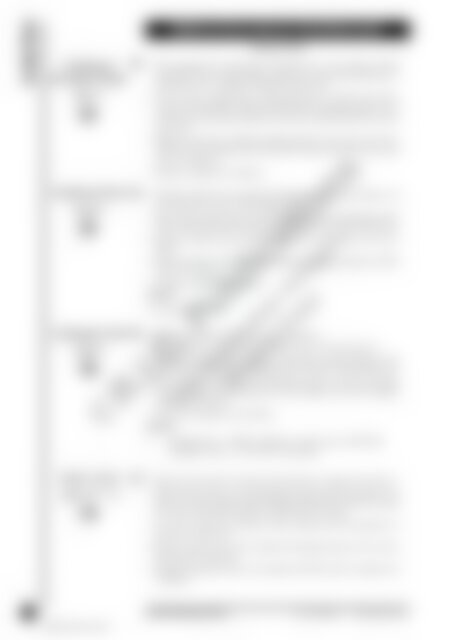RIC-0667 Aboriginal Cult 5-6
Create successful ePaper yourself
Turn your PDF publications into a flip-book with our unique Google optimized e-Paper software.
In the Past<br />
Traditional<br />
<strong>Aboriginal</strong> People<br />
(page 7)<br />
Traditional Food<br />
(page 8)<br />
Looking for Food<br />
(page 9)<br />
Before European Settlement<br />
Teachers Notes<br />
• Some suggestions for passing this information on to the students include<br />
reading it to them, using a puppet, using picture cards with information on<br />
them and so on, according to the ability of your class.<br />
• Ask your class to suggest what an <strong>Aboriginal</strong> person is. (The obvious will be<br />
a person with dark skin.) Inform the class that an <strong>Aboriginal</strong> person is also<br />
someone from a group of people who have been living in Australia for many,<br />
many years.<br />
• Display some pictures of traditional <strong>Aboriginal</strong> men and women to the class.<br />
(These may be obtained from your library.) Discuss how they look, what<br />
they are wearing etc.<br />
• Students complete the worksheet.<br />
• Read the information on traditional <strong>Aboriginal</strong> people to the students and<br />
encourage them to share their feelings on this.<br />
• Have a chart with a picture of an <strong>Aboriginal</strong> person on. Brainstorm words<br />
which students think describe this person. Write the words around the picture.<br />
• Question students about what foods they like to eat. Make a list on the<br />
board.<br />
• Question students about what foods traditional <strong>Aboriginal</strong> people ate. Make<br />
a list on the board.<br />
• Students complete the worksheet.<br />
Answers<br />
1. (a) No (b) Yes (c) Yes<br />
• Read the information sheet to the class and discuss.<br />
• Ask the question, ‘Who cooks your food for you?’ Accept all answers.<br />
• Display pictures of people working in supermarkets, butcher shops etc. Ask<br />
the students to name what all of these have in common. (They all sell food.)<br />
• Inform the class that in traditional <strong>Aboriginal</strong> societies, everyone in the group<br />
was responsible for providing food, even the children. Give them examples<br />
of who provided what.<br />
• Discuss and complete the worksheet.<br />
Answers<br />
©R.I.C. Publications<br />
Low Resolution Images<br />
Display Copy<br />
1. <strong>Aboriginal</strong> man – wallabies, kangaroos, turtles, emus, small lizards<br />
<strong>Aboriginal</strong> woman – nuts, berries, seeds, grubs<br />
Needs 1 and 2<br />
(pages 10 – 11)<br />
• Write the word ‘needs’ on the board. Ask students to explain what needs are.<br />
• Inform the class that every living thing has needs—humans, animals, even<br />
plants. Give the example of snakes needing to find shelter to hibernate during<br />
the winter and humans needing to shelter from the weather.<br />
• On a chart, make a list of human ‘needs’. Find pictures from magazines to<br />
glue next to each word.<br />
• Ask the students what needs traditional <strong>Aboriginal</strong> people may have had.<br />
Write them on the board.<br />
• Read the information sheet to the students and allow them to complete the<br />
worksheets.<br />
6 Australian <strong>Aboriginal</strong> <strong>Cult</strong>ure R.I.C. Publications www.ricgroup.com.au<br />
ISBN 978-1-86311-807-1


















